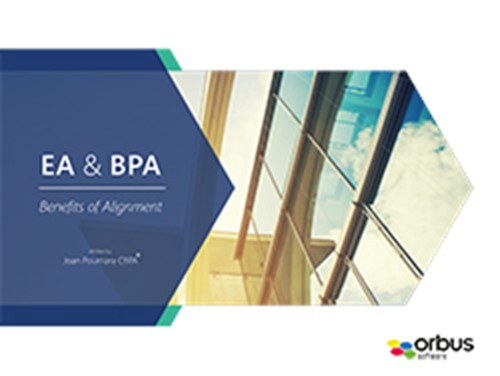eBook discussing how an organization can control the impact of changing customer requirements and business goals by aligning Enterprise Architecture and Business Process Analysis.
There is an increasing need for organizations to adapt quickly and anticipate changing customer requirements and business goals in today’s economic climate. This need influences the entire chain of activities within a business from the organizational structure to the network infrastructure. How should an organization control the impact of these changes? ‘Architecture and Project Alignment’ is the answer.
Architecture consists of principles, methods and models that are used in the design and realisation of organizational structure, roles, products & services, business processes, information systems and technology infrastructures. However, oversight of these domains is traditionally not approached in an integrated way, making it difficult to judge the effects of proposed changes or even to measure the changes. Every organization domain speaks its own language, draws its own models, and uses its own techniques and tools. In a number of cases, application and information systems are developed to support particular products or functions in the organization as stand-alone solutions with limited or no integration into the core legacy systems. The results are that Communication and Decision-making across organizational domains is seriously impaired as executive management teams struggle to obtain accurate information to manage current operations and determine future strategies.
Please login to continue reading this ebook.
